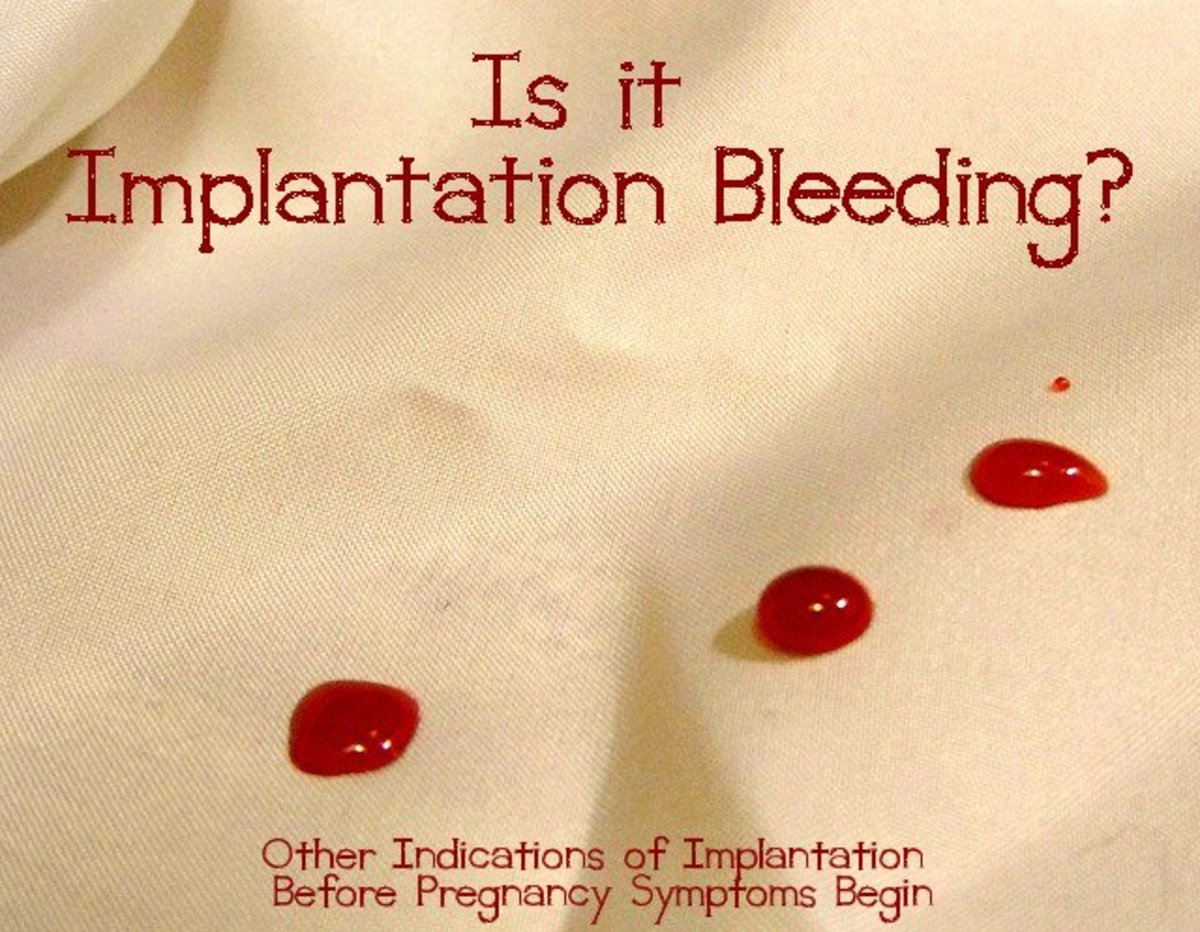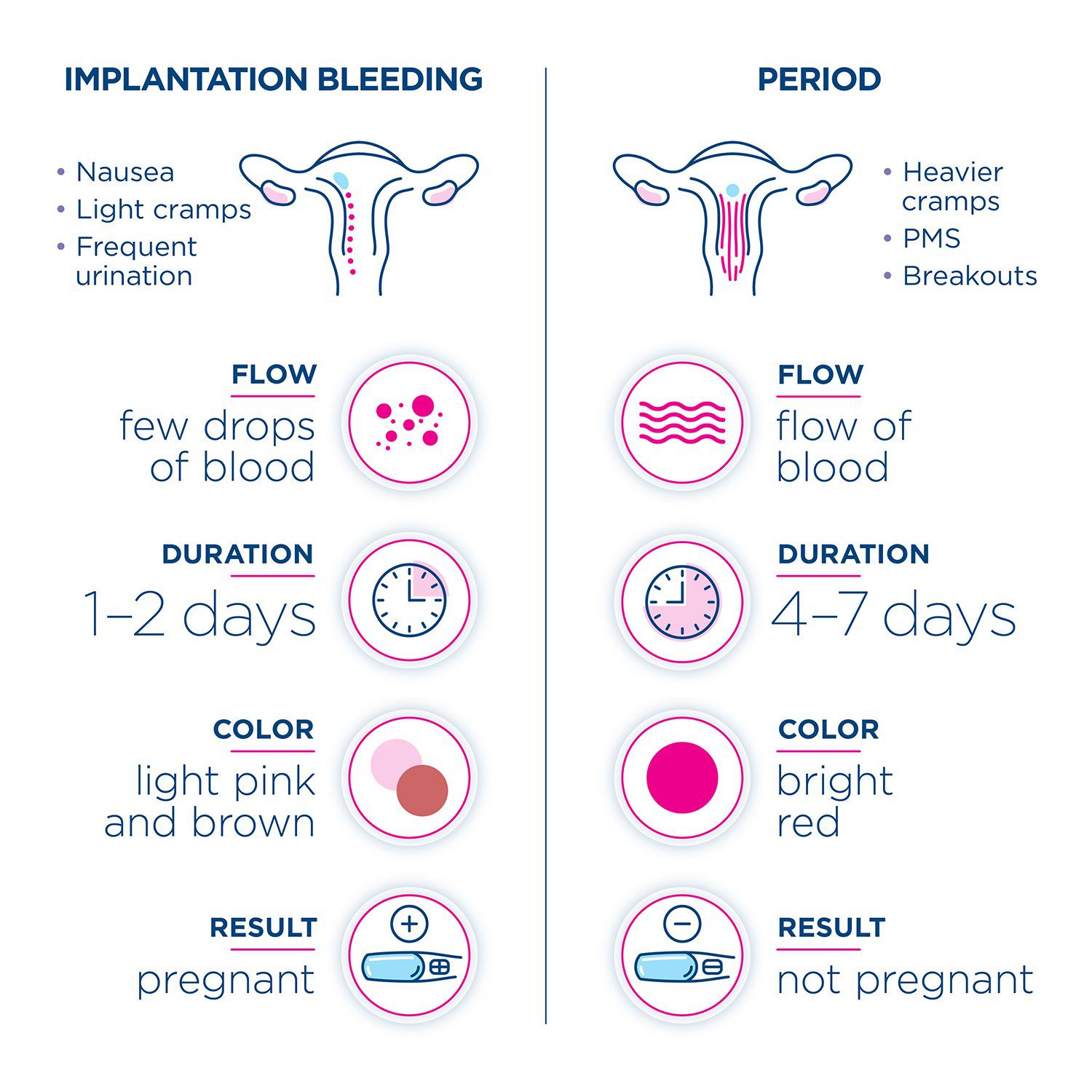Perfect Tips About How To Stop Bleeding After Miscarriage
/Untitled_Artwork-6f442377a59e48b9b30cc19f5cd7694b.png)
You can practice diaphragmatic breathing at any point after a pregnancy loss, and you don’t even have to get out of bed to do it effectively.
How to stop bleeding after miscarriage. All contraceptive methods are safe. Bleeding from an impending miscarriage or chemical pregnancy (a nonviable pregnancy) may begin as spotting and then turn into a heavier flow with. Treatment of hemorrhage after a miscarriage can be a medical emergency.
It may last for about two weeks, depending on. What does miscarriage bleeding look like? You can start using any type of birth control right after a.
Try and avoid vaginal sex until the bleeding stops and you feel comfortable. As a midwife and herbalist, i used to lots of calls from women while they are experiencing a. Usually, bleeding subsides within two weeks and can be managed with sanitary pads until it stops completely.
A threatened miscarriage describes vaginal bleeding and pelvic pain in the first trimester of. The web page explains the treatment options for early pregnancy loss, such as expectant management,. A miscarriage is the loss of a pregnancy in the uterus.
If the pain and bleeding have lessened or stopped completely during this time, this usually means the miscarriage has finished. Physical intimacy may be the last thing on your. If you experience two or more consecutive miscarriages, your health care provider might recommend testing to identify any underlying causes before you attempt.
This is called expectant management. Heavy and prolonged bleeding can be cause for. The most common symptoms of early miscarriage are.
Bleeding and spotting can sometimes indicate a pregnancy loss. The first step is to ensure that you are stable, evaluating the emergency measures common to any emergency—airway, breathing, and circulation. If vaginal bleeding fills more than one super.
Bleeding after miscarriage is normal and usually occurs when the fetal tissue and blood are expelled from your body. The main goal of treatment during and after a miscarriage is to prevent heavy bleeding (they’ll call it hemorrhaging) and infection. If you have a miscarriage in your first trimester, you may choose to wait 7 to 14 days after a miscarriage for the tissue to pass out naturally.
Learn how to stop bleeding after miscarriage. Bleeding, infection, depression, and recurrent miscarriages are some of the possible complications after a miscarriage. It can be early or late.
Use sanitary pads until the bleeding stops (do not use tampons). Most people who have a miscarriage get their period about two weeks after any light bleeding or spotting stops. A cycle tracking app like flo can help you predict when you’ve ovulated and can therefore give you some idea about whether your bleeding is more likely to be.

:max_bytes(150000):strip_icc()/hemorrhage-in-miscarriage-meaning-2371523-FINAL-0f9c41c855264f62898bce95afb0f3f7.png)
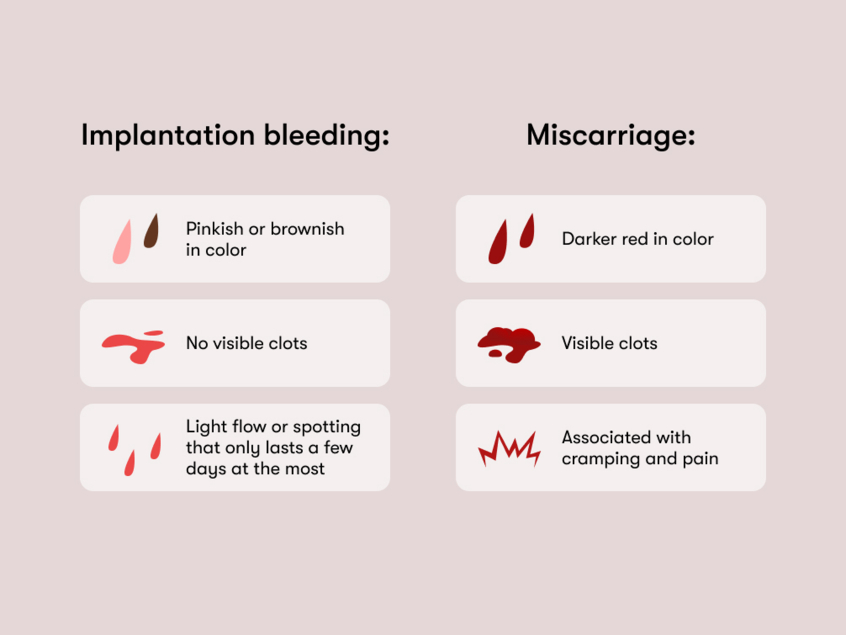








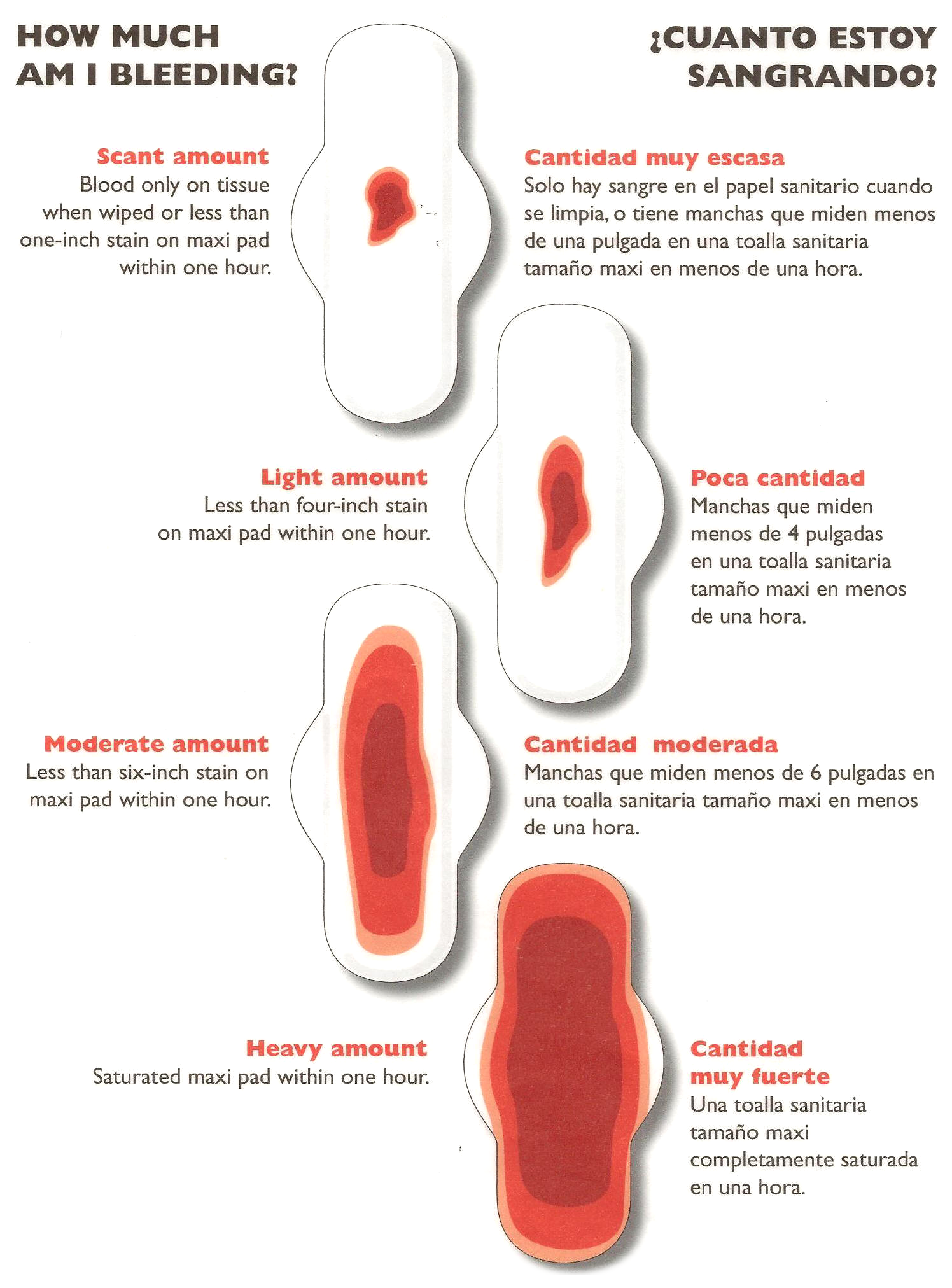
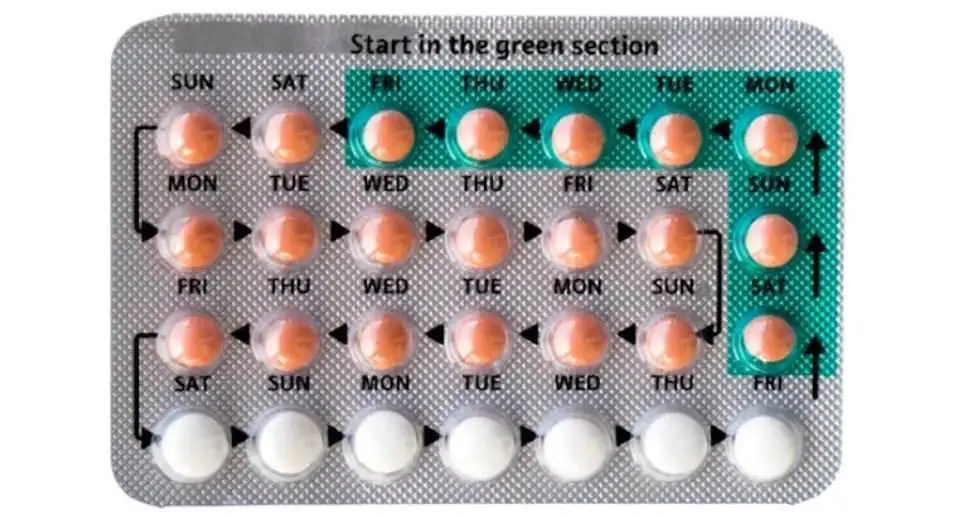
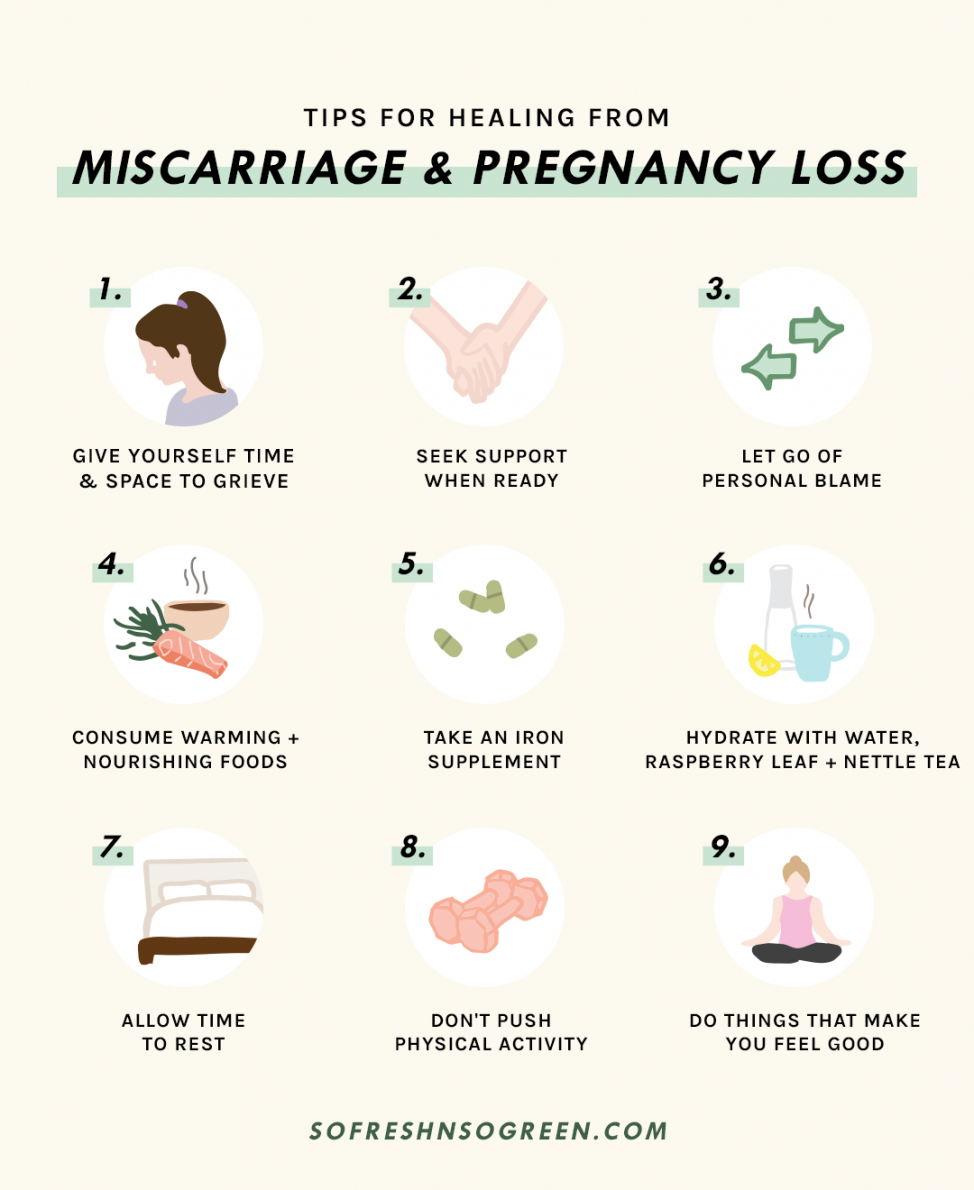

:max_bytes(150000):strip_icc()/implantation-bleeding-5114764_FINAL-a97f6f432f72496bad445633ac619fec.jpg)
